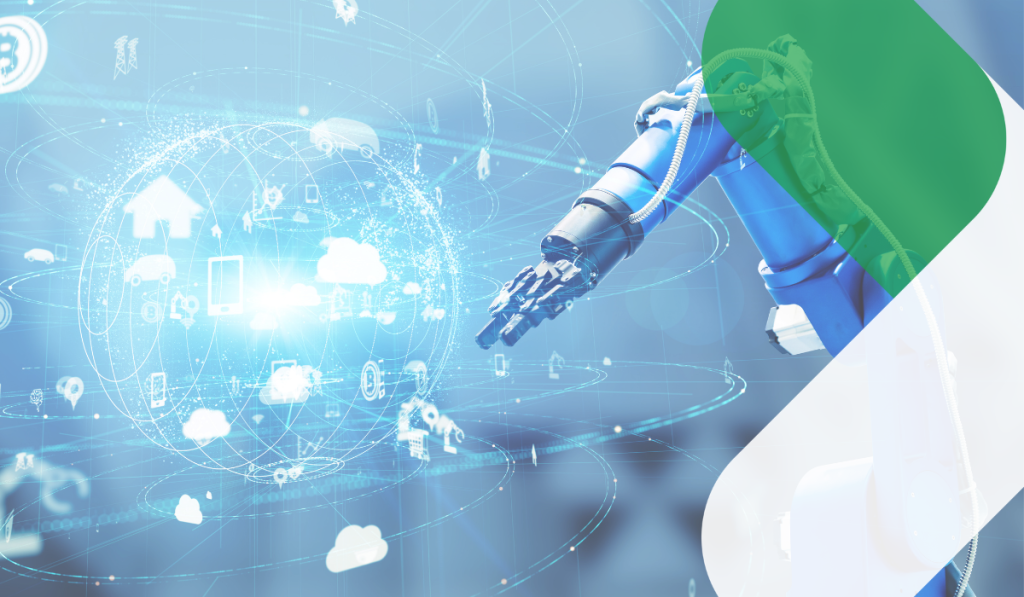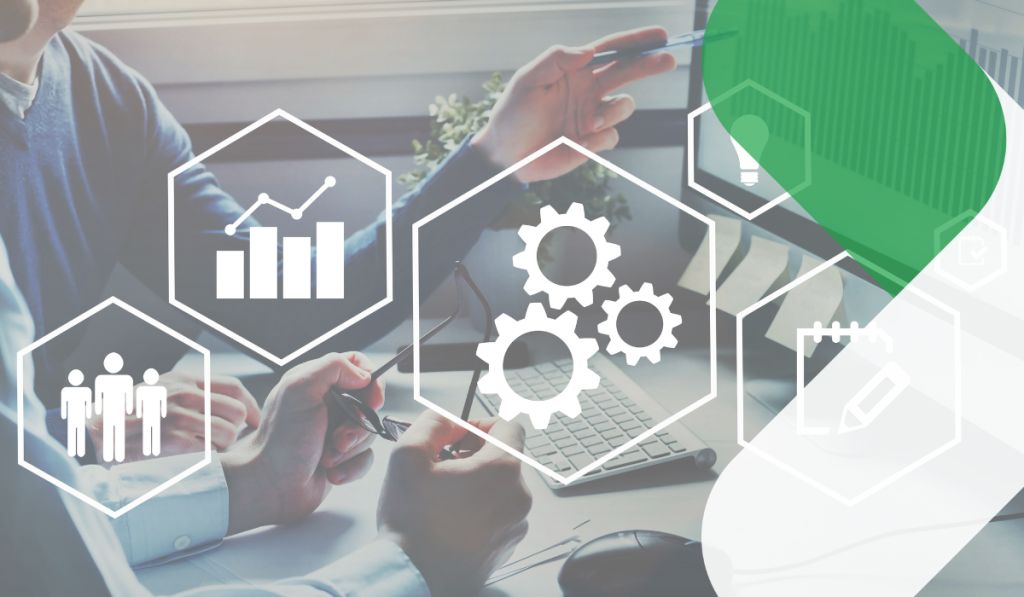
Celebrating Visionary Leadership: Carmen Kolcsár Named Among Business Magazin’s “Top 100 Most Powerful Women in Business”
Carmen Kolcsár, CTO at rinf.tech, has been named one of Business Magazin’s Top 100 Most Powerful Women in Business for 2025. Discover her vision, values, and leadership journey in this exclusive interview-style feature.






